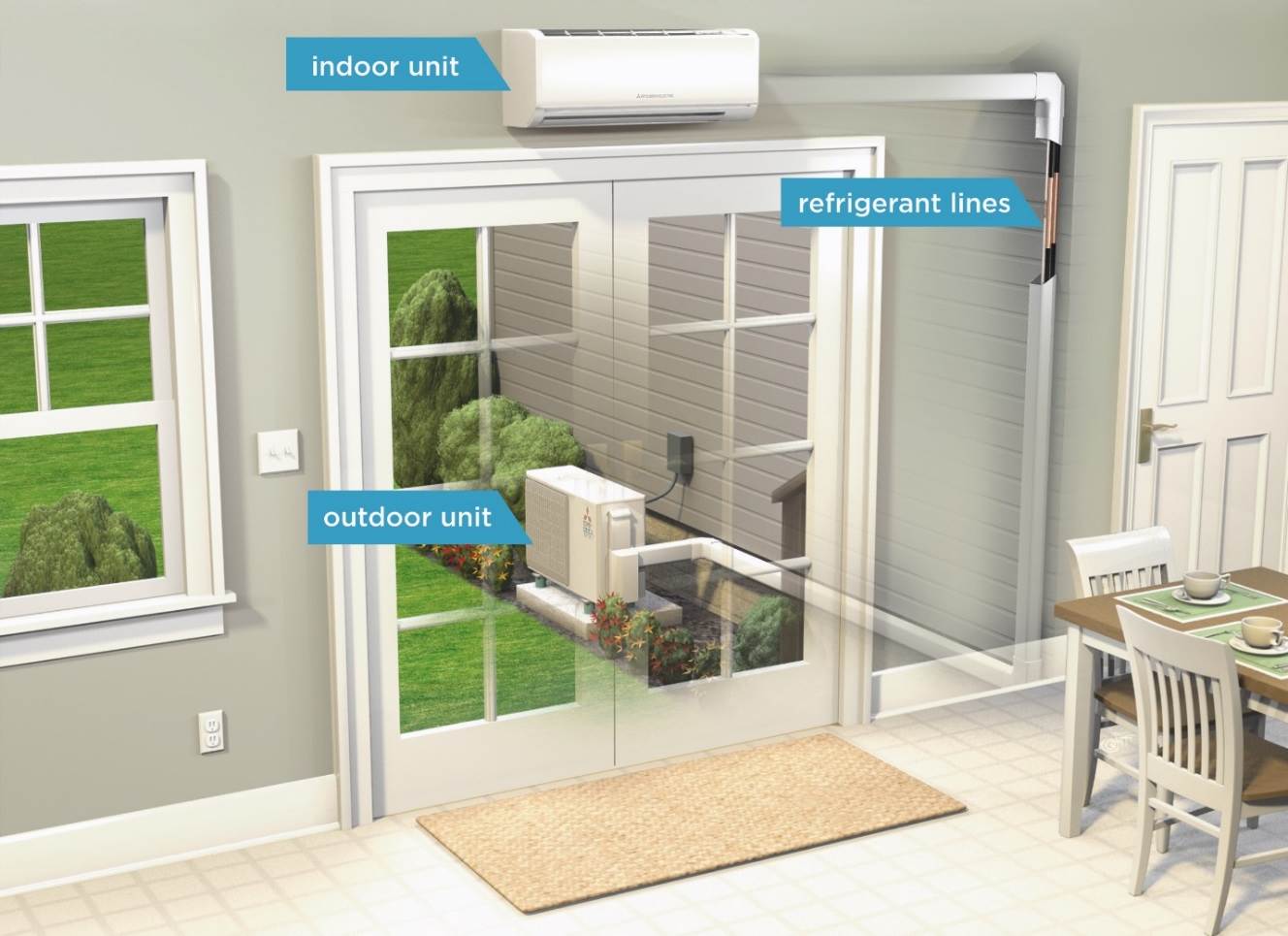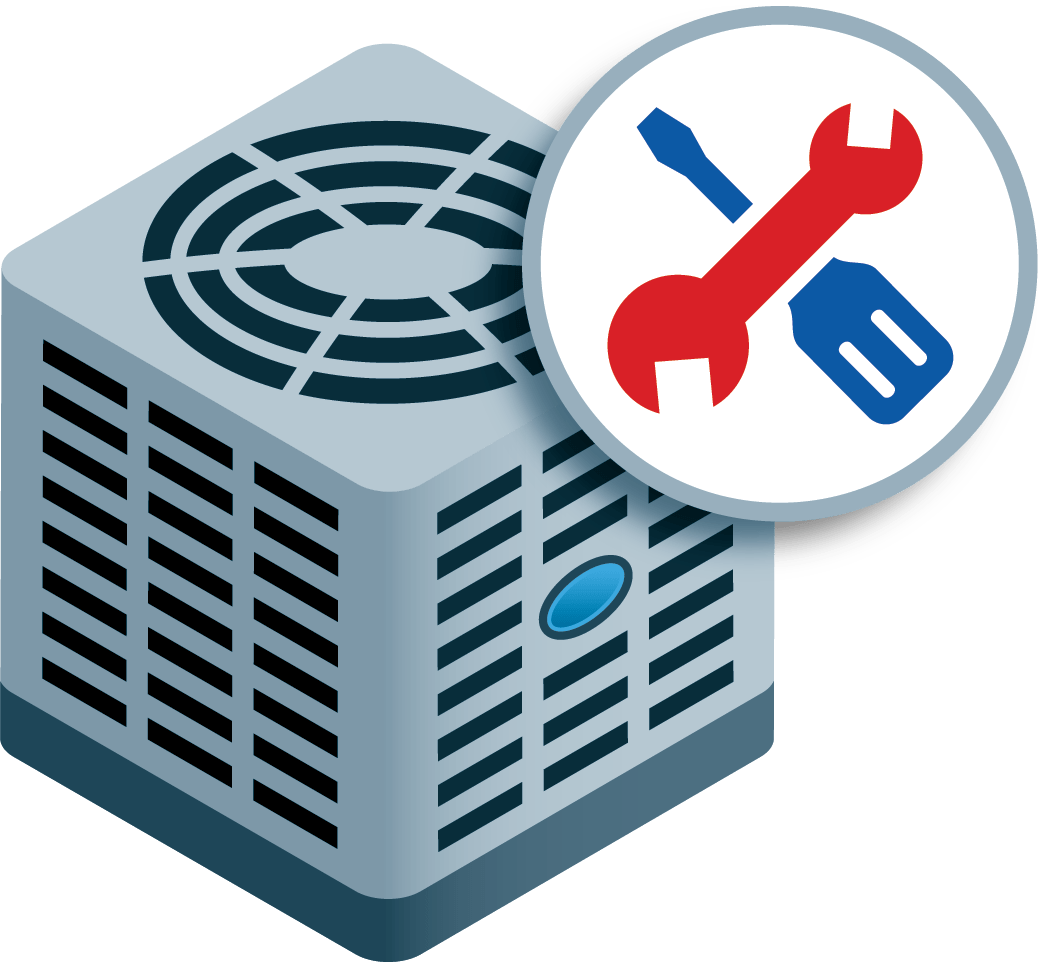Have you ever before questioned why a/c setup in skyscrapers presents special challenges?
The intricacy surpasses simply cooling the spaces successfully. From steering restricted area restraints to addressing upright distribution challenges, each facet needs precise preparation.
But what regarding the architectural factors to consider and making sure accessibility to electrical power for these systems?
These are simply a few pieces of the problem that make dealing with cooling installment in skyscrapers a diverse venture.
Secret Takeaways
- Calculated equipment positioning and noise control are crucial in high-rise air conditioning setups.
- Reliable ductwork directing and maintenance access make sure optimal heating and cooling efficiency.
- Safety and security, weight circulation, and adherence to building regulations are essential for structural stability.
- Power effectiveness, access, and smooth combination improve AC system capability in high-rise buildings.
Space Constraints
When setting up a/c in high-rise buildings, you might experience area restraints that need mindful planning and ingenious options. Restricted access to certain locations can position a challenge during installment. To tackle this, customized devices and creative handling may be essential to browse through limited areas and get to the assigned locations for installing the cooling devices. https://loweredmontonacinstallation.co.uk
In addition, in high-rise buildings, sound control is important to assure the comfort and wellness of passengers. The constrained areas and distance of residential devices in these structures amplify the effect of sound produced by cooling systems. Executing soundproofing procedures, making use of quieter equipment, and tactical placement of elements can help minimize sound disturbances for residents.
Vertical Circulation Difficulties
Checking out the intricacies of high-rise buildings, particularly with regards to upright circulation, offers unique obstacles for a/c setup. Ductwork difficulties are prominent in high-rise frameworks, where routing air ducts up and down with multiple floorings can be elaborate. Installation logistics come to be necessary, as collaborating the placement of ductwork and devices in a manner that guarantees effective air flow and temperature level control throughout the building is critical.

Maintenance access is one more substantial worry when it involves upright circulation in skyscrapers. Guaranteeing that HVAC systems are easily obtainable for regular maintenance and fixings is crucial for long-term performance. In addition, the logistics of equipment transport to greater floors position a difficulty. Moving hefty cooling units, ductwork components, and other materials up upright distances calls for mindful planning and sychronisation to assure security and efficiency.
Architectural Factors to consider
Taking into consideration the structural honesty of high-rise buildings is crucial when intending air conditioning installments. Skyscrapers are designed to support specific weights, and including cooling systems can impact the general weight circulation. It's crucial to stick to constructing codes to ensure that the extra weight from the HVAC units does not compromise the structure's architectural security. Building codes describe the maximum permitted lots for different sections of the structure, consisting of floors and walls, to avoid overloading.
Appropriate weight distribution is important to avoid unequal stress and anxiety on the building's framework, which could lead to structural issues with time. HVAC systems need to be tactically placed to distribute their weight equally and minimize any possible strain on particular areas. Designers have to meticulously examine the building's load-bearing capability and design the air conditioning setup as necessary to see to it that it satisfies security criteria and regulative needs.

Electric Power Availability
To validate the effective installation of air conditioning systems in high-rise buildings, examining the ease of access of electrical power is vital.
When examining the electrical power access for cooling in high-rise buildings, consider the following:

- Proximity to Power Sources: Make certain that the air conditioning devices are located near power sources to reduce energy loss and warranty effective procedure.
- Remote Control Ability: Opt for systems that offer push-button control features, permitting convenient monitoring and change of the cooling devices from a distance.
- Energy Performance Rankings: Prioritize a/c devices with high energy efficiency ratings to minimize total electrical power usage and lower functional expenses.
- Back-up Power Solutions: Implement back-up power services like generators or battery back-ups to ensure continuous operation of the cooling systems during power interruptions.
HVAC System Assimilation
When integrating a/c systems into high-rise buildings, coordinate flawlessly with existing infrastructure for peak performance. Assurance system compatibility by thoroughly reviewing the building's design and existing heating and cooling arrangement. Throughout the installment process, prioritize reliable assimilation to enhance the overall performance of the cooling system.
To attain effective HVAC system integration, work together very closely with designers, designers, and specialists to deal with any possible obstacles. Conduct a comprehensive evaluation of the building's air flow, ductwork, and control systems to make certain smooth compatibility with the new a/c tools. This positive approach can help prevent expensive rework and delays throughout the installment stage.
Incorporating a/c systems in skyscrapers calls for meticulous preparation and accurate execution to assure peak functionality. Implementing innovative technology and energy-efficient elements can further improve system performance and sustainability. By prioritizing smooth assimilation and system compatibility, you can create a comfortable interior atmosphere while making best use of power efficiency in high-rise structures.
Often Asked Questions
Are There Any Type Of Details Regulations or Codes That Skyscraper Must Follow When Putting Up Cooling Equipments?
When setting up cooling systems in skyscrapers, laws and safety and security compliance are essential. Particular codes determine how these systems must be set up to assure the security of owners. Conformity with these regulations is vital for the correct performance of the a/c devices and to stop possible dangers.
It's important to follow these guidelines carefully to guarantee a risk-free and reliable air conditioning system within the building.
What Are Some Usual Solutions for Noise Control in A/c Systems in Skyscraper?
To lessen sound in cooling systems in skyscrapers, take into consideration soundproofing materials and strategic placement to wet resonances. Select energy-efficient models with quieter operation.
Routine upkeep checks and prompt fixings can stop loud breakdowns. Furthermore, using variable rate modern technology can decrease sound levels during low-demand periods.
How Do Extreme Weather Conditions, Such as High Winds or Lightning Strikes, Affect the Setup and Operation of Air Conditioning Systems in Skyscraper?
Severe weather conditions such as high winds or lightning strikes can substantially affect the installation and operation of air conditioning systems in skyscrapers. These weather condition elements can posture architectural difficulties, affecting the security and efficiency of the systems.
When dealing with such problems, it's important to think of the durability of the structure's facilities and the toughness of the HVAC elements to ensure excellent operating and security.
Are There Any Special Considerations for Integrating Smart or Energy-Efficient Technologies Into Air Conditioning Solutions in High-Rise Buildings?
When taking into consideration incorporating smart or energy-efficient technologies right into cooling systems in high-rise buildings, there are some special factors to consider to remember. Integration difficulties may occur when attaching different systems, and adjusting these innovations to work effectively in a vertical atmosphere can be difficult.
Nevertheless, energy-saving innovations provide great prospective for lowering prices and environmental impact. It is essential to very carefully intend and execute these services to maximize their advantages.
What Are the Upkeep Requirements for Cooling Solutions in Skyscraper, and How Usually Should They Be Serviced?
To maintain your air conditioning systems in high-rise buildings running smoothly, normal upkeep is vital.
Servicing regularity depends upon aspects like usage and system intricacy. Usually, it's suggested to have your air conditioning devices examined a minimum of annually by a specialist specialist.
This regular maintenance not only assures leading performance however likewise assists in preserving energy effectiveness, saving you cash in the long run.
Conclusion
Generally, mounting air conditioning in high-rise buildings offers special obstacles due to room restrictions, vertical distribution difficulties, structural factors to consider, electrical power accessibility, and heating and cooling system combination.
It needs cautious planning and sychronisation to make certain the system works successfully and effectively in such complicated atmospheres.
By attending to these challenges head-on and working with experienced specialists, structure owners can assure that their occupants stay comfortable and cool also in the highest of structures.
